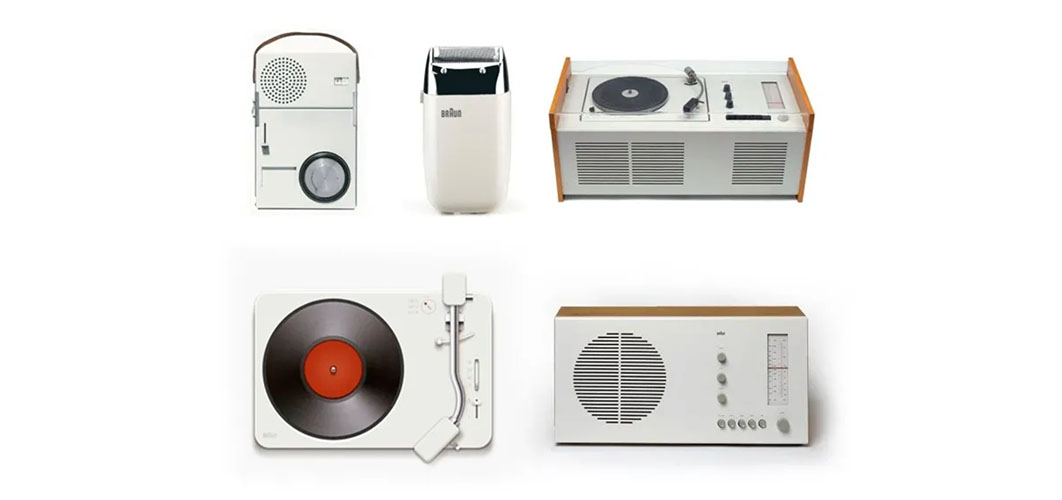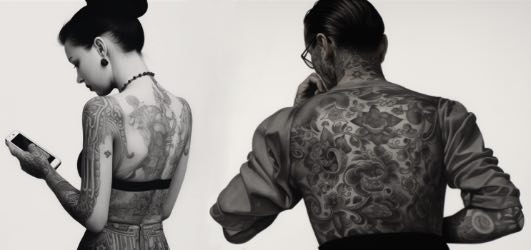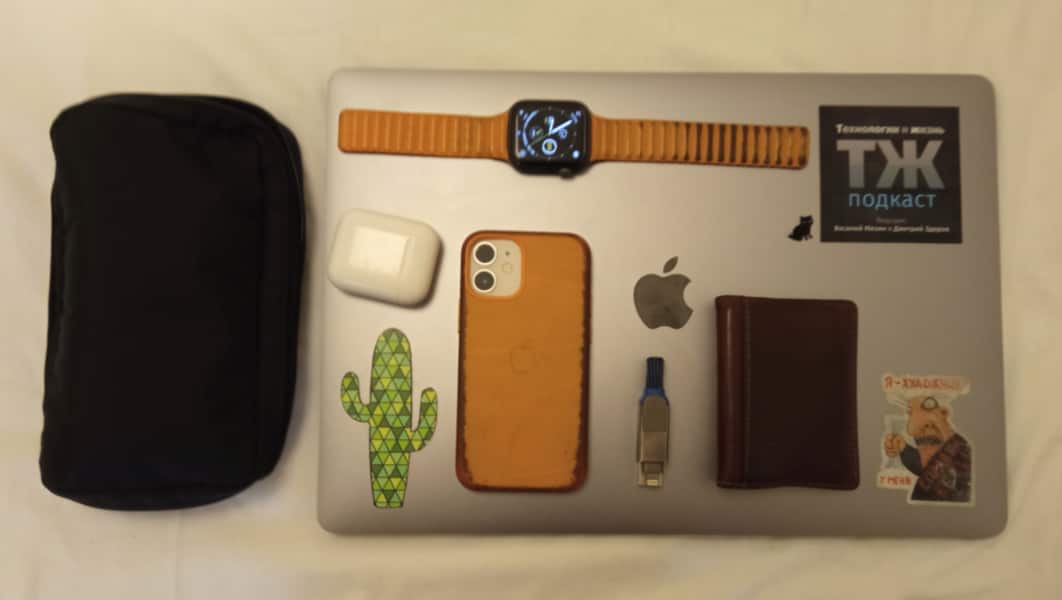Lower Design Quality Trend
Maybe you noticed too, the quality of interface designs and usability of websites, apps, software in general was improving for a long time, from 90s to about 2011–2012 and then in started to decline. Some will claim that the tipping point was a bit earlier, for some it just happened. But it’s here and the quality will be degrading for a while, until we fix the root cause of this trend. And I want to explain how I see what is the real seed of the problem.
The reason UIs are not improving any more is saddle and many people in the field will overlook it, and this wide overlook has the same cause too.
I am talking about our desire for optimization and improvement. It pushed us to optimize in our work force and in implementation of actual tasks.
It’s become very common for designers to know how to code, at least create some html + css. It’s very common for engineers to be the judges of the interfaces, simply by being the heads of companies. And that is the problem. Through out the history of industrialization virtually every manufacturer was sure that design is a luxury, not-necessary extra, expensive and not appreciated by customers. Design that is “good enough”, done by some engineer as a default first thought is actually good enough. Confronted with evidence of the contrary they simply assure you that in general it might be so, but in their particular case a better design is not needed. It was like that in 19 century and it’s so today. For a while business realities were clearly illustrating the profit-driven necessities of professional design work and thus we see the proliferation of designers who were improving the products left and right. That really helped, but never solved the task of convincing big business owners of the true value of design priorities, the actual consumers hunger for excellent, esthetic, elegant and bravely designed products. In fact they often have giant design departments that create amazing prototypes and concept models that all rejected by management and directed to work on dull, “safe”, not-artsy, not-crazy stuff instead. Yet even that was not that bad when software and later internet and mobile apps became a really big thing. Those innovative companies got rich and started to let designers to do their job and it was improving products constantly. Year after year interfaces were improving, becoming more intuitive, more responsive, more accessible.
Software and internet business grew rapidly, bringing billions and allowing creation of numerous work places for creative professionals. But business is business and it’s tough. The new possibilities opened up with new online educational systems, with improved software tools, with culture of makers and brought us a new trend, that designers can do more than just design. There is no question that good designer must understand how the design will be actually implemented, how it’s being fused with actual product, what are the possibilities, how far the engineers will be able to push it and what is not yet possible. So there is no harm that designers are learning html, css, javascript and even more stuff formally considered the realm of engineering department. Inside any product team there should be people that represent the interests of customers while some are clearly work on the side of makers. Without team members that advocate and fight for what is better for the actual users of the product engineers will create things that only they can and want to use.
When designer is faced with task of implementing the design the line of thinking warps. That illusive moment when the understanding what can be done and how replaced with you will actually have to do it — that when the quality starts to degrade and that is the root of the current trend of diminishing quality of user interfaces.
The coding designer stops seeing the product with the eyes of the consumer and stops advocating for the benefits of some decisions. The creative talent is still there, and if tasked with the pure UI design still can do a great job, but now the actual task is different. And those that stuck with implementation work for a while will fall behind, lose their skill to see products as users.
The true designers will be out-competed by those that can and will also code. More and more young designers will present themselves as universally skilled. Business owners will go back to that comfortable place when having an actual designer is considered to be unnecessary and wasteful. That will be massive and thus the trend will be continue, we are just starting to see the early part of it.
Utilitarianism like that will destroy the level of utility of the products around us. I hope we will be able to stop this notion before it washes away the improvements and expertise in UI we got accustomed in the recent years.



